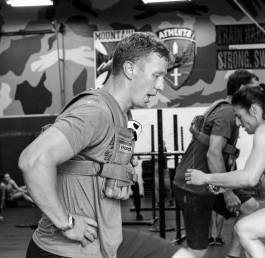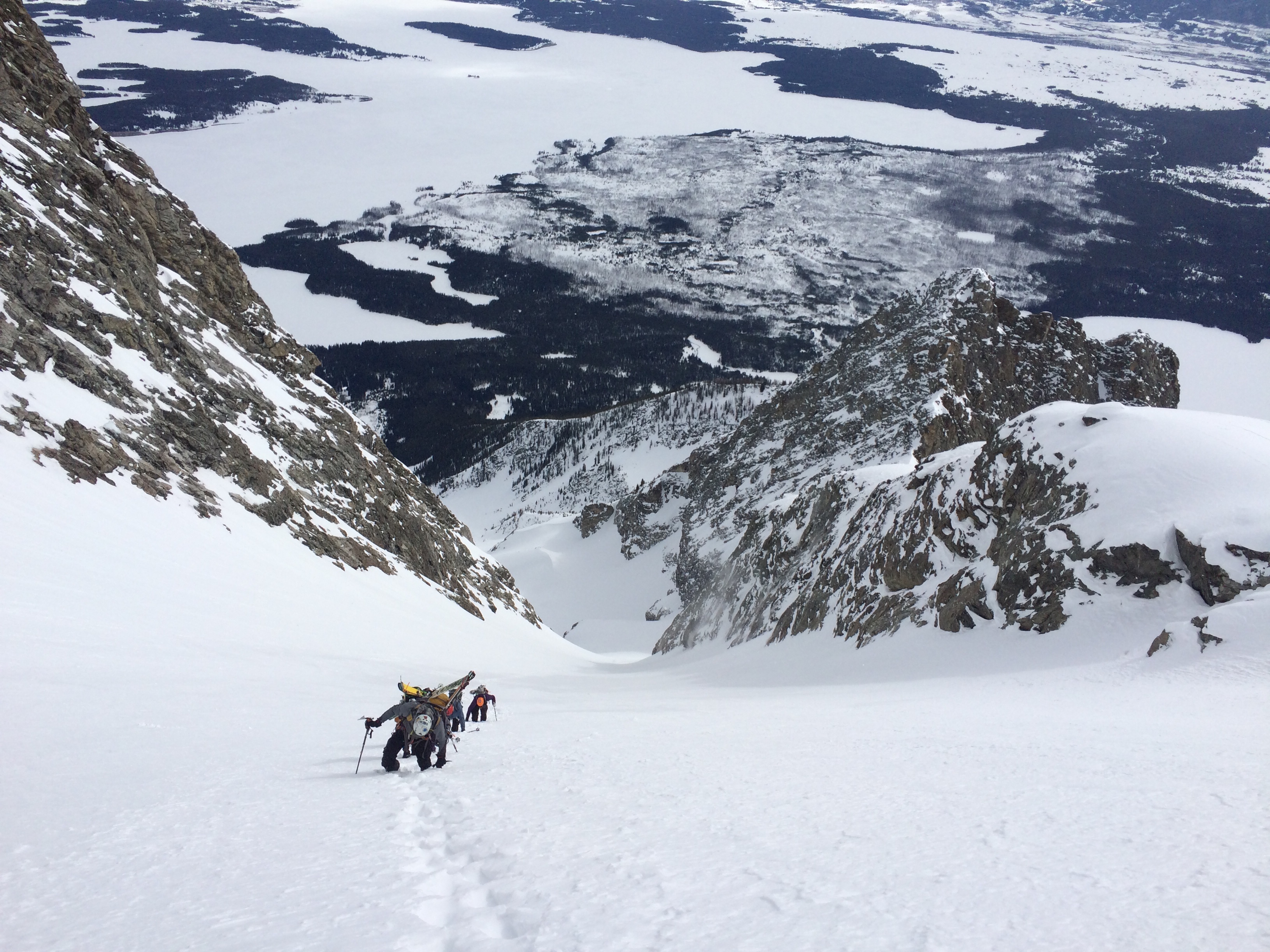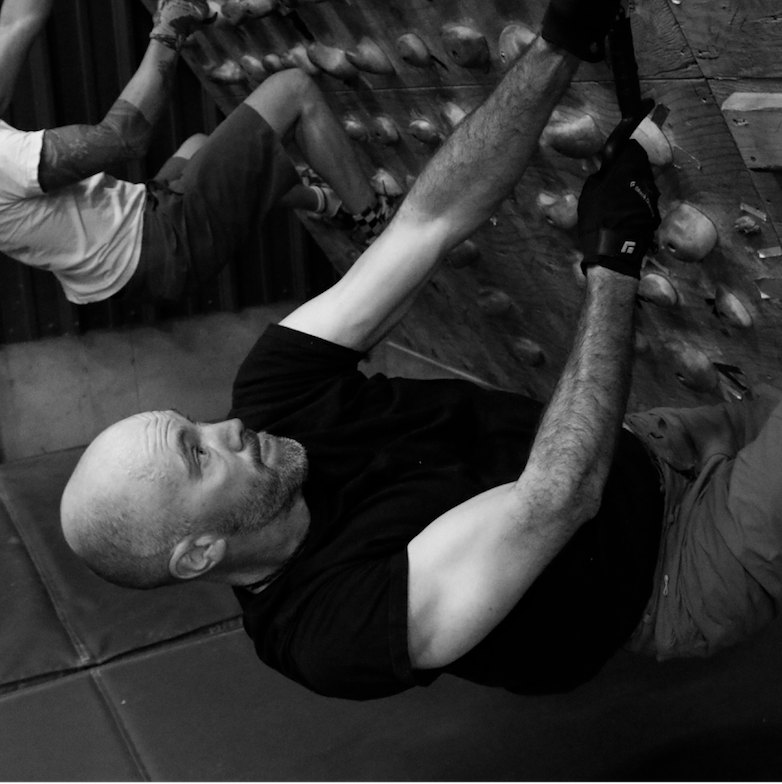The peak of the Grand Teton towers 13,770 feet over Jackson Hole. Every summer, over 1,200 climbers rely on local mountain guides to lead them to the summit. While many trips run smoothly, clients can make or break a trip for themselves, and for their guides. We caught up with a few of Jackson’s local mountain guides to find out what traits dub a client a “Nightmare Client.”
Brenton Reagan, Lead Exum Guide

Showing up to the climb the Grand Teton without any training.
People who train prior to the trip are more successful and have more fun. Their training plan doesn’t have to take up a lot of time….just a few hours a week hiking with a loaded pack for a few months really makes a difference. It’s slightly insulting to me for clients to think they are just going to show up in Jackson without any training climb to the summit of the Grand Teton.
Overpacking
It is a long walk up to the lower saddle and clients won’t need their pillow or sandals. We sleep at the saddle just one night, then get an alpine start the next morning to summit. We give clients a packing list which clearly states what they need, but many ignore it. They need to follow the list – packing only the essentials keeps their pack light and keeps them fresher for the summit day.
Not bringing the correct layers.
Lightweight, warm and versatile. It’s not cheap to climb the Grand Teton, but with some research and bargain hunting, lightweight and functional clothing can be reasonably inexpensive. This will keep clients’ pack weights down and protect them from the elements. Bring the correct layers.
There are of course many subsets to the 3 above, but these are what people have the most control over before they show up. Everyone handles fear and anxiety differently. So that doesn’t bother me. No two personalities are the same and we as guides have learned how to handle those concerns. We can sympathize with fear, make that emotional connection, and keep people safe to make it an amazing experience for them. They just need to do their part.
Garrick Hart, Exum Guide Since 2008
The worst is when clients try to hide what they don’t know because they are embarrassed about it. They pretend to know, but don’t. I’ve found mostly men do this, especially if their kids are around. They don’t want to look vulnerable in front of their kids.
Bad Habits
Clients often come in with bad habits they’ve learned along the way, and these habits need to be broken. For example, they “know” how to rappel, but not safely.
Lack of Fitness
Everything I’ve taught clients goes to hell when they are tired. Skills they completed well earlier in the day, or during the training day, deteriorate rapidly during a long day if they are not fit.
Andy Bardon, Professional Adventure Photographer, Former Mountain Guide
 Assuming a Guide eliminates all Risk
Assuming a Guide eliminates all Risk
Clients often feel when the guide is around there is no danger. I’ve guided clients during hail storms, lightning storms – dangerous situations. I’ve had a clients start to take off their harness to go to the bathroom! Alpine climbing is dangerous, guide or no guide.
Assuming the Summit is Guaranteed because they are with a Guide
As a guide, you’ll feel the pressure from nightmare clients who assume because they’ve shelled out the money to hire you they’ll automatically get to the summit. Not so. The mountain makes the final decision.
Making the Summit all that Matters
Nightmare clients will focus on the summit and miss everything else. It’s the lessons learned from the hardship of reaching the summit which truly matter. These lessons include focusing on what you do have, instead of what you don’t have, when facing difficulty, and learning from your mistakes. A client’s obsession with the summit hinders their ability to be present in the moment and fully appreciate the experience.
Underestimating How Physically Hard It Is
Everyone I’ve guided up the Grand Teton, with the exception of an ultra runner, was absolutely crushed when we finally made it back to the parking lot. It’s a huge day. Train for it!
Too Much Ego
Ego blocks vulnerability and hurts communication. Instead of admitting vulnerability and stating what they don’t know, nightmare clients will lie about it it – hurting communication. All around, ego is the most dangerous thing in the mountains, for both guides and clients.
Brenton Reagan and Garrick Hart work for Exum Mountain Guides in Jackson, Wyoming . Andy Bardon is a an adventure photographer and former mountain guide based out of Jackson, Wyoming. All of them train at Mountain Athlete.
We’ve developed a fitness assessment for serious Alpinists. We’ll be running a number of professional mountain guides and experienced alpinists through this assessment in May. Give it a try and let us know how you do. It should be a worthy challenge.


